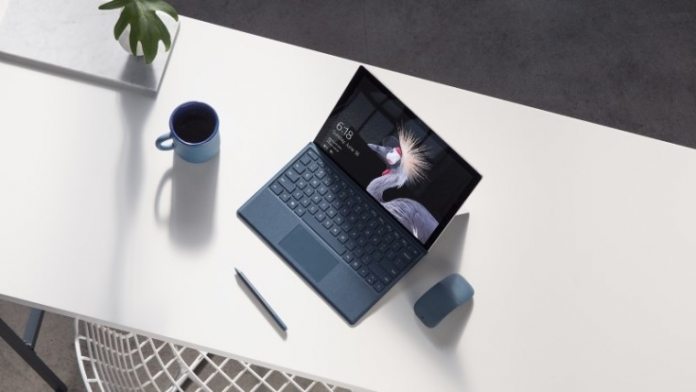1 No Upgrades2 Tablet Decline3 Microsoft Surface
“At the end of this year we’ll see revenue numbers that are equivalent to 2011,” says Tom Morrod, senior research director at IHS Markit. Those predictions of a new wave of home computing were false. Simply put, home computing is fading away as most users can get their casual computing kicks done on a smartphone. Users no longer need to turn on their PC to search for something when their handset can do the job. Having said that, tablets are more convenient than a laptop, allowing you to consume entertainment with mobility. That’s true, but the tablet market has been hit by a problem that has plagued PC manufacturers… users don’t need to upgrade their devices.
No Upgrades
Like a laptop or desktop, consumers can buy a tablet and keep it for years. Even in situations where software versions pass their sell by date for support, the device continues to function. For people who use tablets for the occasional internet search, game, or movie, why upgrade? “The trend is that tablet users were not really renewing their device,” says Daniel Goncalves, a senior research analyst at IDC. “The device they had was good enough for their daily needs – streaming, video and television.” One of the great tricks the mobile phone market pulled off was convincing consumers they need to upgrade annually or bi-annually. Entering into a manufacturing spec war has led to a consumer base craving the latest and the greatest. The truth is, you don’t need to upgrade a smartphone even every two years… your iPhone Xs does very little that your iPhone 8 cannot in terms of day-to-day activity.
Tablet Decline
Tablet manufacturers wanted to blend the best of two tech worlds. These devices could appeal to consumers in the same way as smartphones while offering more serious users a laptop alternative. The problem is, the result was a largely undefined category that has been in decline for several years. Sales topped out in 2014 with 250 million slates shipped globally. Since then, the market has been on a slippery slope and has declined over the proceeding 16 quarters. This year, tablets will generate has much income as they did in 2011, when the market was still relatively nascent. Even the big boys have been hit. Apple still dominates tablet sales with its iPad devices, but sales have declined steadily for nearly half a decade. The company has also been unable to convince professionals that the iPad can replace their laptop, even if it comes with a “Pro” on its name. “A tablet will never be as purely useful as a laptop,” says Oblong’s John Underkoffler, a UI design expert. “That is all for the lack of a keyboard and a higher-fidelity pointing device. Your finger is a broad, smudgy object, and that’s all you have at the moment.”
Microsoft Surface
Heading to the high-end professional end of the market has helped Microsoft arguably redefine the tablet market. The company’s Surface Pro devices are 2-in-1 hybrids and are finding a growing success. Indeed, through the company’s last earnings call, Surface proved it is a growing revenue generator for Redmond. Hybrid devices led by Surface are reshaping the PC market and alongside gaming PCs are the only growing devices in that troubled sector. While the Surface Pro range is based on a tablet concept, Microsoft has been able to convince users they are pro-level devices for serious computing. Indeed, most consumers see Surface Pro has a laptop range. Apple has not been able to achieve the same with iPad. Not having a robust PC-grade OS like Windows 10 has not helped, and iPad still largely feels like a play first, work last device… a consumer device. With the consumer tablet market declining, that is a problem. Microsoft may not be able to solve the problem of declining tablet sales, but Surface Pro may be able to show users the best of both worlds.





